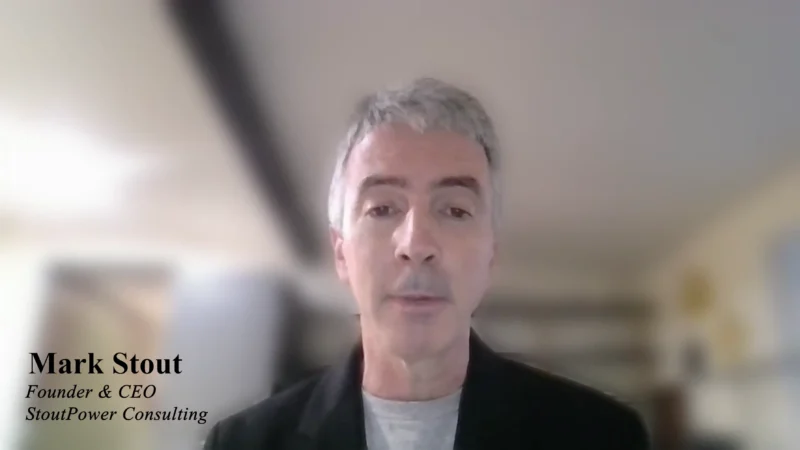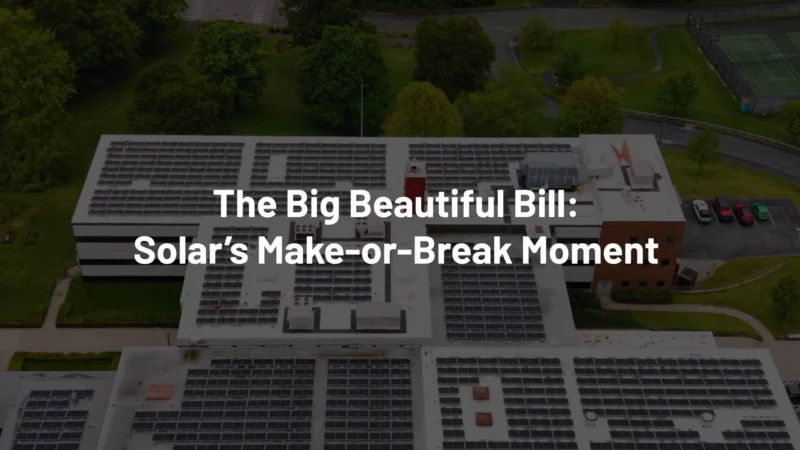InTouch with ENTOUCH: DERs Expand Energy Resources While Creating Revenue Streams
In this episode of InTouch with ENTOUCH, host Tyler Kern spoke with James Walton, ENTOUCH Founder and VP of Product and Commercialization at ENTOUCH, and Dana Guernsey, Co-founder and Chief Product Officer at Voltus, about the increasing need for energy consumption transparency.
The three dive right into a lively discussion about the past, present, and future of energy solutions beginning with a discussion of the DER (distributed energy resources) solutions Voltus presently offers compared to familiar legacy solutions.
“First, it’s helpful to understand the market itself is different. There’s an enormous shift in market needs with macro accelerators such as the ongoing rapid transition to renewables. You’ve got massive electrification of key sectors and growth of electric vehicles, climate change, and more frequent climate disasters are creating a real sense of urgency around grid resiliency,” explained Guernsey.
DERs exist today, but they are underutilized despite being the cheapest and fastest resource added to the grid mix, according to Guernsey. Today, most companies need flexibility, and DERs provide precisely that. Voltus can customize each customer’s participation based on what is needed and the challenges being faced. Today’s technology creates opportunities that could only be dreamed of a decade ago. As an example, 60% of Voltus’ solutions are fully automated, and that number is growing rapidly.
Walton expanded on why this technology is significant, noting legacy DER systems are for large facilities and prevented smaller footprint multisite facilities from participating in the available DER solutions. “So, with the new Voltus automation and our ability to quickly respond to energy signals, we can quickly onboard multisite customers with a minimal load and deliver a revenue stream immediately.”
With this ability, large facilities, like industrial plants, do not have to suffer through hours of shutdown when their grid is stretched to its maximum. Instead, multisite facilities can enroll for shorter shutdowns or set participation periods to ease the burden on the grid. Walton speaks to one of the great benefits of this design, “it allows our clients to move their energy expense from a cost center into a revenue-generating stream they hadn’t previously had before.”




